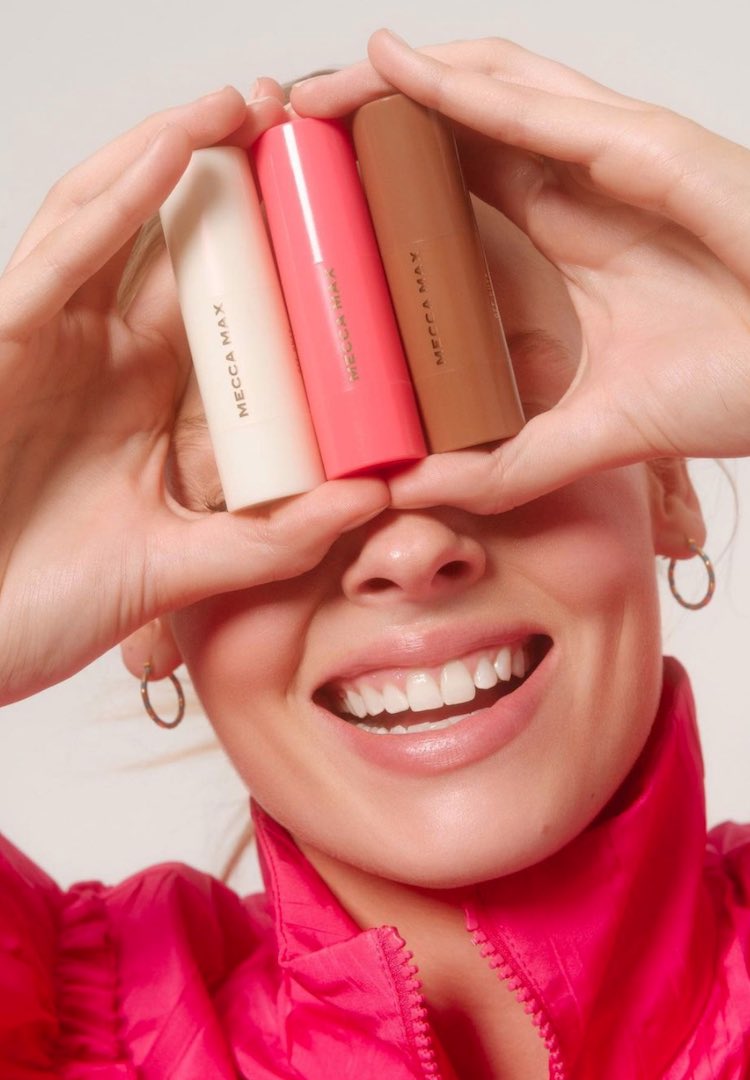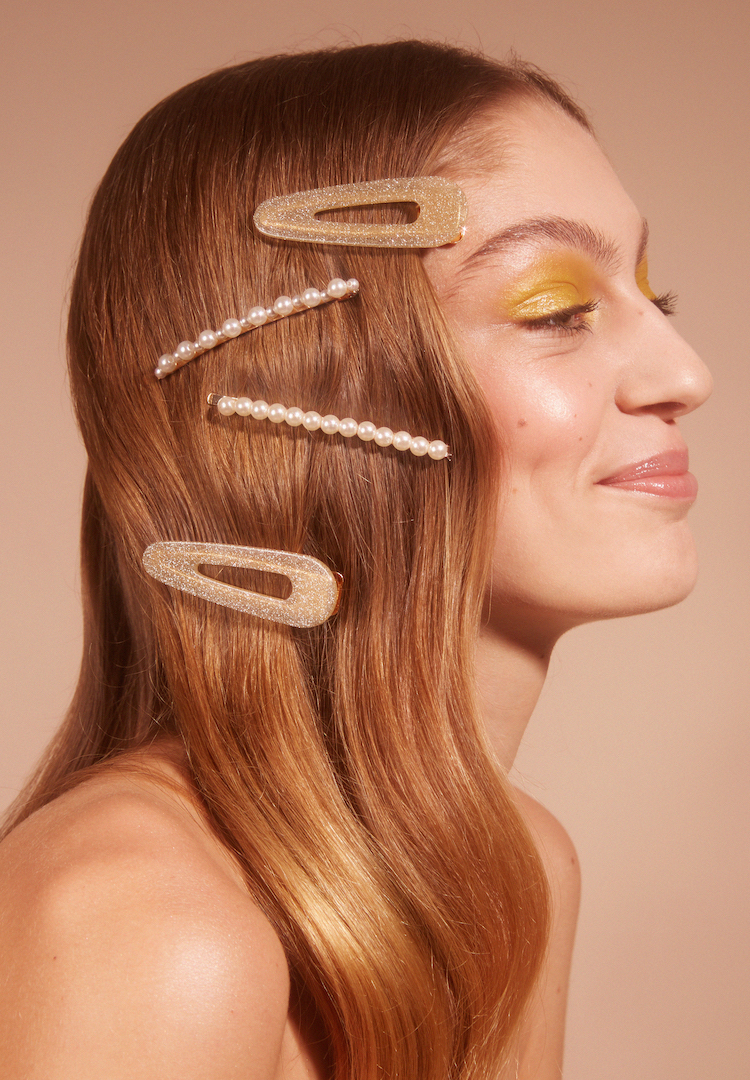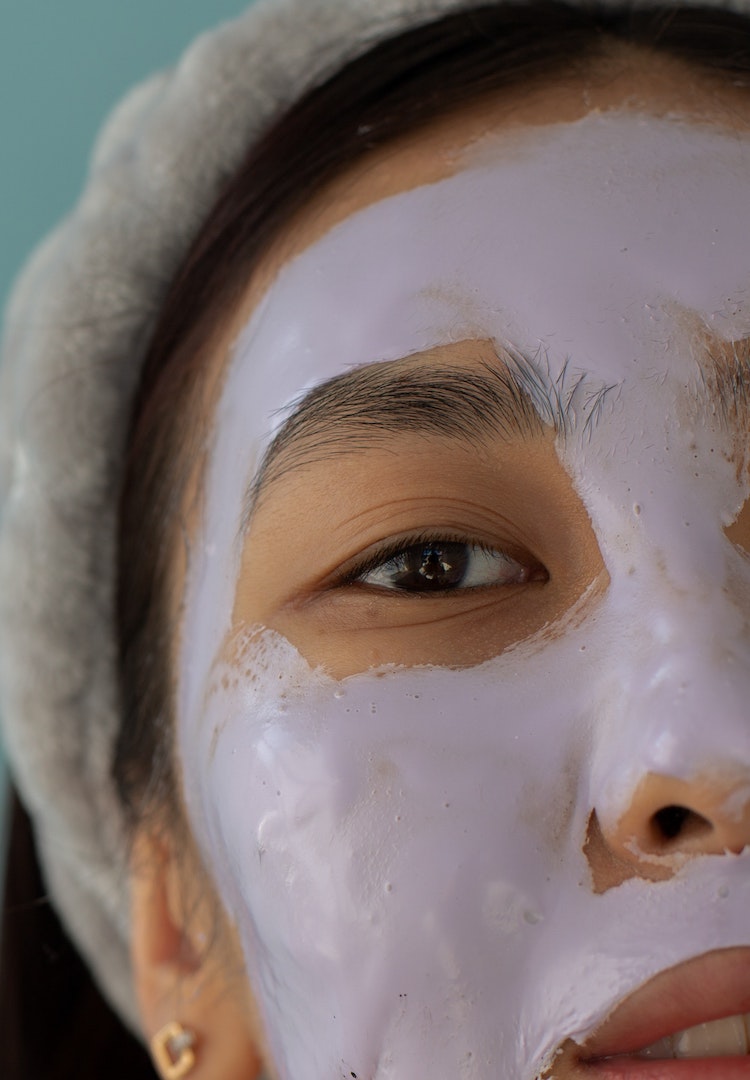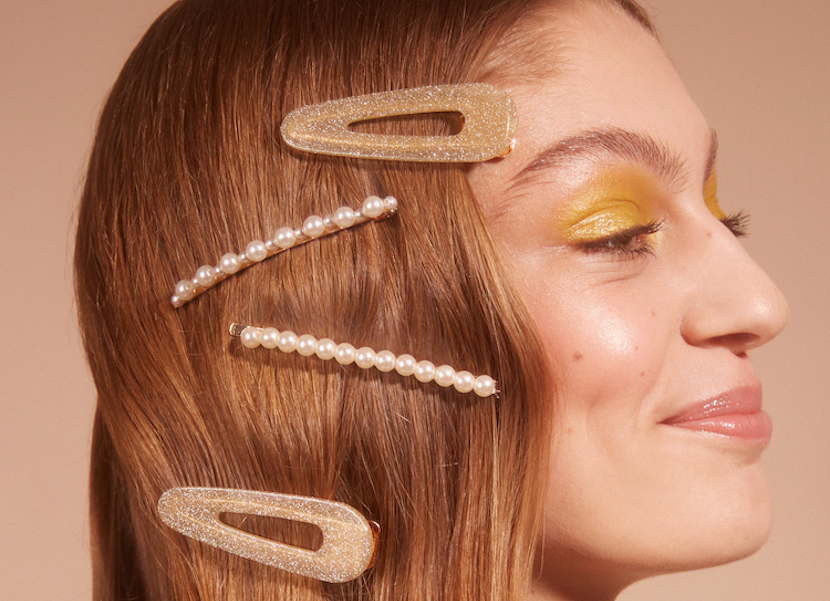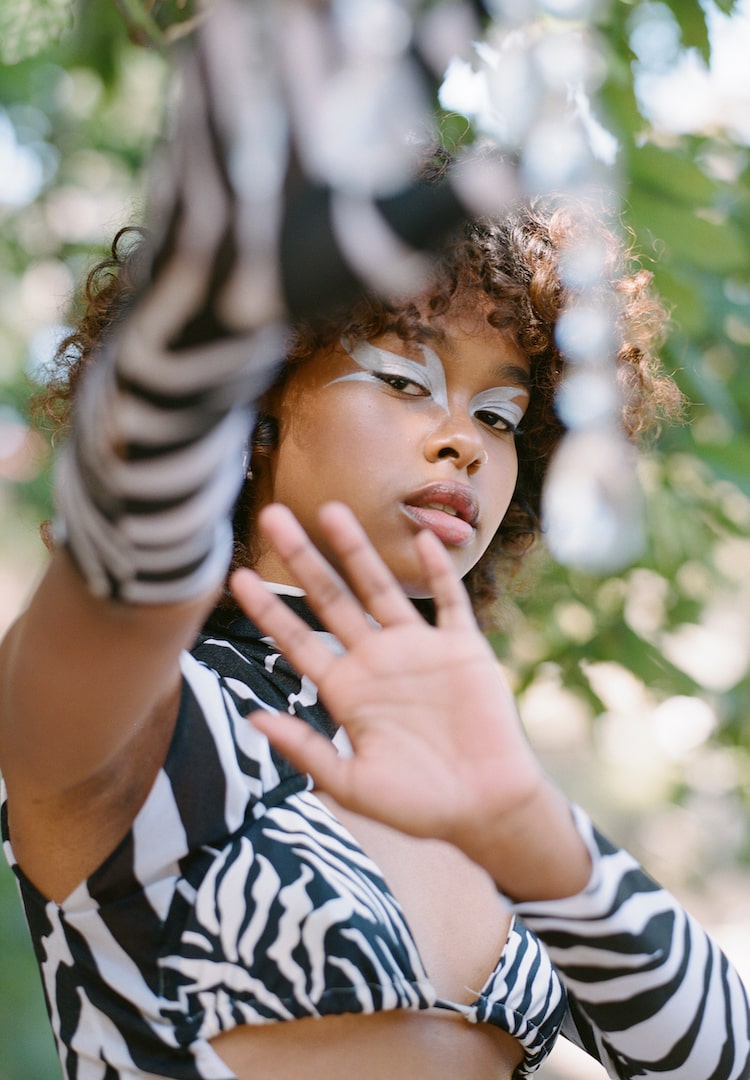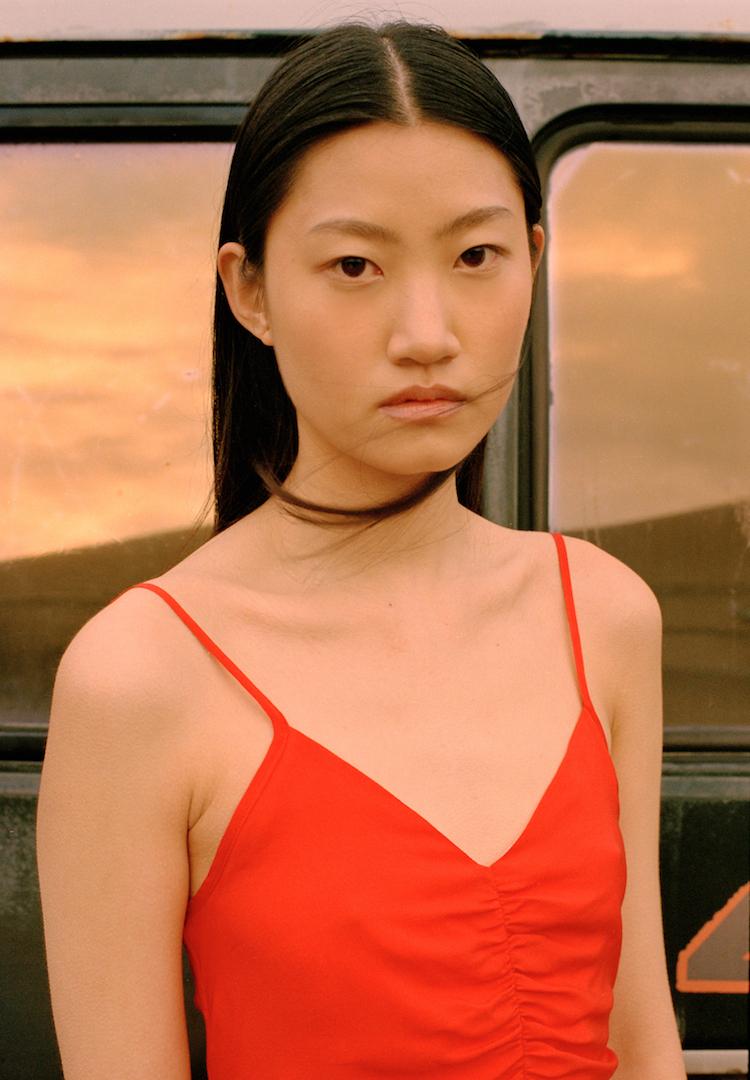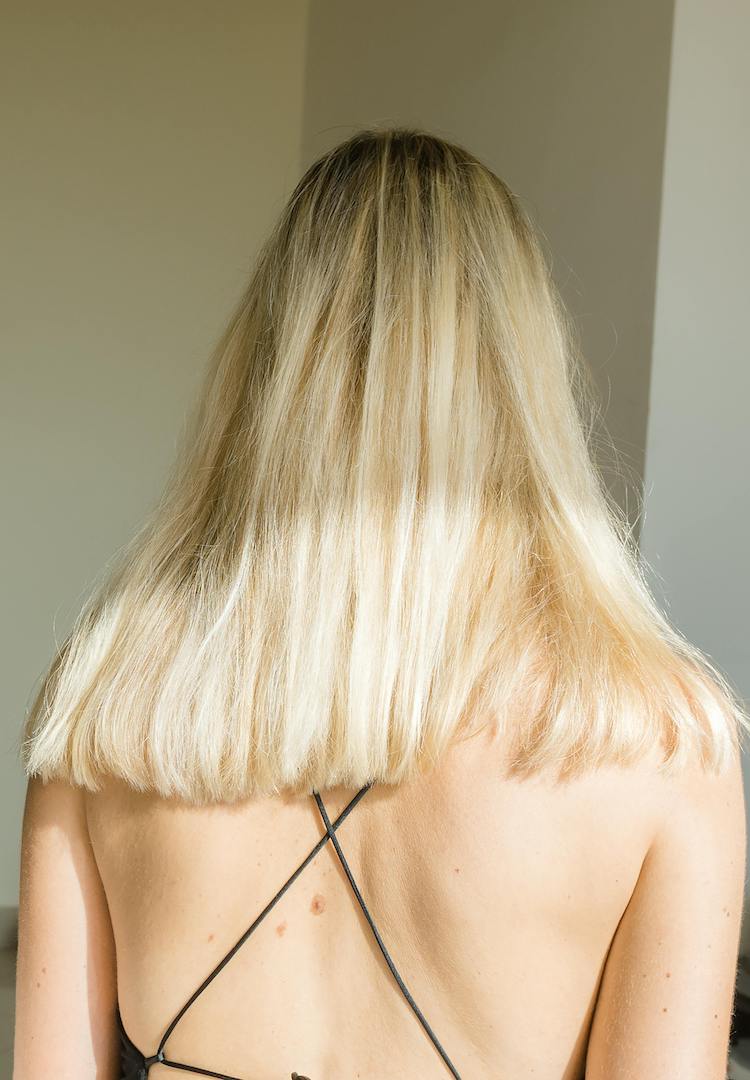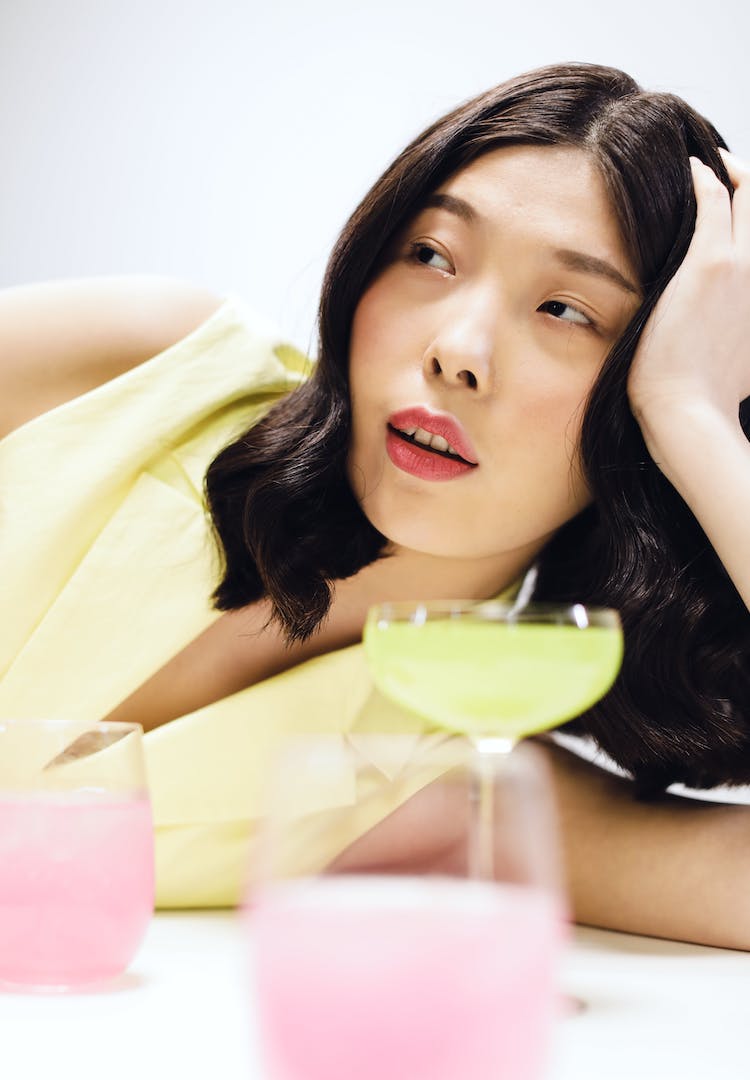How to know if your haircare is right for your hair type
PHOTOGRAPHY BY HAYLEY PEASE
Words by Felice Lok
Making your products work for you.
My unsuccessful attempts to tame my frizz-prone hair often make my mornings unnecessarily stressful. Haircare can be difficult to get right – I know I’ve previously smothered anti-frizz oils onto my static baby hairs, only to end up with shiny, oil-drenched hair. It’s not a great start to the morning, which is why knowing what haircare is suitable for your hair type is key.
Looking for more haircare advice? Head to our Beauty section for more.
The truth is, there really is no ‘one size fits all’ when it comes to haircare products. So to learn more about the important tips to keep in mind for different hair types, I spoke with People Haircare co-founder Katherine Ruiz. Katherine tells me haircare really varies for specific hair types, so ultimately, it’s about finding what works best for you.
The fundamentals: a good haircut and a great shampoo and conditioner
Katherine’s first tips might seem basic, but she tells me they’re serious game-changers when it comes to keeping your hair looking its best: a good haircut and a great shampoo and conditioner.
“Really, the base of any good haircare starts with a good shampoo and conditioner,” Katherine says. She explains hair usually takes about two to three washes to respond to new products, and it’s helpful to observe whether your hair becomes easier to manage and if it feels better in your hands post-wash. “After those few washes, you’ll be able to see a real difference,” she tells me.
Depending on the hair type, Katherine also suggests getting a haircut every eight to 12 weeks to promote hair health. As her hair is short and grows quickly, it’s not uncommon for her to visit the hairdressers monthly. But of course, our different hair types require various products to help tackle common hair issues, which we’ll explore below.
Straight hair
For those with straight hair, oiliness is all too common. To keep your hair feeling clean and refreshed, opt for a sulphate-free shampoo followed by a conditioner containing coconut or jojoba oils. These oils keep your hair shiny and light without feeling too heavy. But if your hair is particularly prone to overproducing oils, natural ingredients like tea tree oil are worth looking out for the next time you shop for hair products.
Katherine says while it’s common for people with straight hair to wash their hair three to four times a week, she recommends washing it even less. She suggests using products like dry shampoos as they can keep your hair looking fresh between hair washes.
Speaking from personal experience, straight hair comes with a lack of volume and I often find my hair appears flat and stuck to my head, which can make it seem even oilier than it actually is. This is where volumising sprays come into play. Look for sea salt sprays that help to add voluminous texture, or products containing vitamins B5, C and E.
A lack of volume might also mean that frizzy or static hair becomes more visible, which is where using keratin can help. Keratin is a type of protein used for hair strengthening and smoothening. You can find keratin shampoos and conditioners to use at home, or opt for a keratin treatment at a salon for a longer-lasting effect.
Curly hair
When I ask Katherine about the common hair issues people with curly hair experience, she laughs. “There are so many! Every day is a different hair day with curls.” Drawing from her own experiences with really curly hair, handling it properly once stepping out of the shower is key.
“I tend to not ever brush my hair when it’s curly because you’re going to get this frizz ball action happening,” she tells me. “I only brush when I’ve just come out of the shower and when I’m applying products through it.” Katherine also suggests scrunching the curls to get definition when air drying hair.
Curly hair is also particularly prone to a lack of moisture, which is why hair oils are your best friend. Conditioners and products containing shea butter, jojoba, coconut and sunflower oils can keep your hair looking glossy and hydrated. If your hair is extra dry, it’s even worth mixing some essential oils or serums into your conditioner. You can also opt for lighter seed oils like grapeseed or blackseed oils if you find your hair gets tangled easily.
But that sure is a lot of oil, so if you want to steer away from adding so much to your hair, try a shampoo or conditioner containing aloe vera. This ingredient can be really helpful in adding moisture to the hair and scalp.
Katherine also stresses the importance of people with curly hair explaining to their hairdresser how they usually like to wear their hair so they can find a suitable cut. Don’t go to your hairdresser with freshly straightened or blow-waved hair if you want them to get a feel for how you like to wear and style it when it’s curly.
Coily hair
For people with coily hair, the zig-zag pattern of the hair makes it hard for natural hair oils to moisturise the strands, which is why dryness is a common issue. Especially in winter, coily hair can be more susceptible to drying out which is why Katherine recommends using a hair mask more regularly.
Katherine says People Haircare’s hair treatment mask increases hydration as it consists of rich antioxidants, shea butter and argan oil which deeply condition the hair. “A lot of people don’t know you can use a hair treatment in replacement of your conditioner,” she says. While it’s common to leave hair masks in for 10 to 15 minutes, Katherine says it’s also possible to leave them in for three to five minutes in the shower instead of a conditioner.
To help tackle dryness, take extra care when reading the ingredients at the back of hair products as you’ll want to avoid some silicones (ingredients often ending in ‘onol’, ‘cone’, ‘zane’) which can create buildup and break your fragile hair. Rather than using sprays to lock in moisture, opt for creamy products and hair butters. Rich ingredients like cocoa butter, honey and olive oil are perfect for replenishing moisture.
You can also try out the LOC method to optimise moisture. The acronym stands for ‘liquid, oil, cream’ and is the order you should apply products if your hair dries out easily. Start by applying some liquid such as a leave-in conditioner or even water, then apply oils and some cream to help style your hair. If you find your hair still becoming dry after using this method, consider adding more or playing around with extra nourishing products.
For more about common hair issues and how to address them, head over here.

